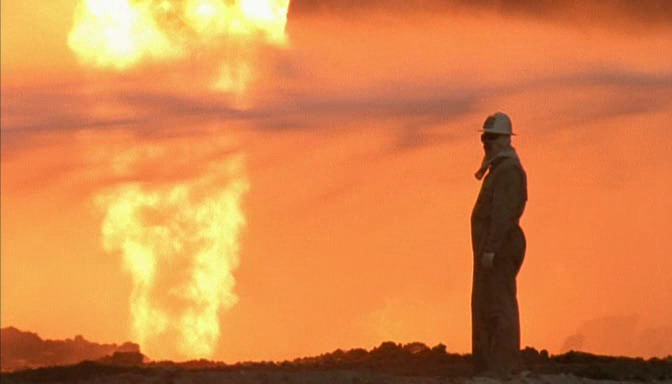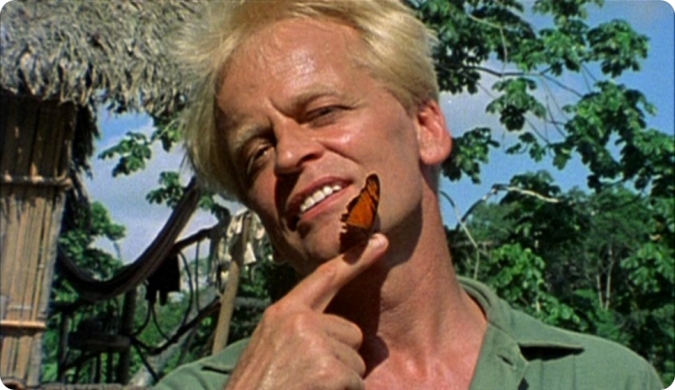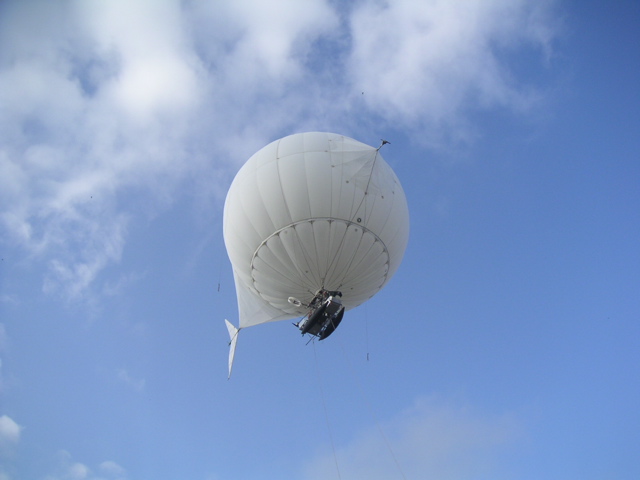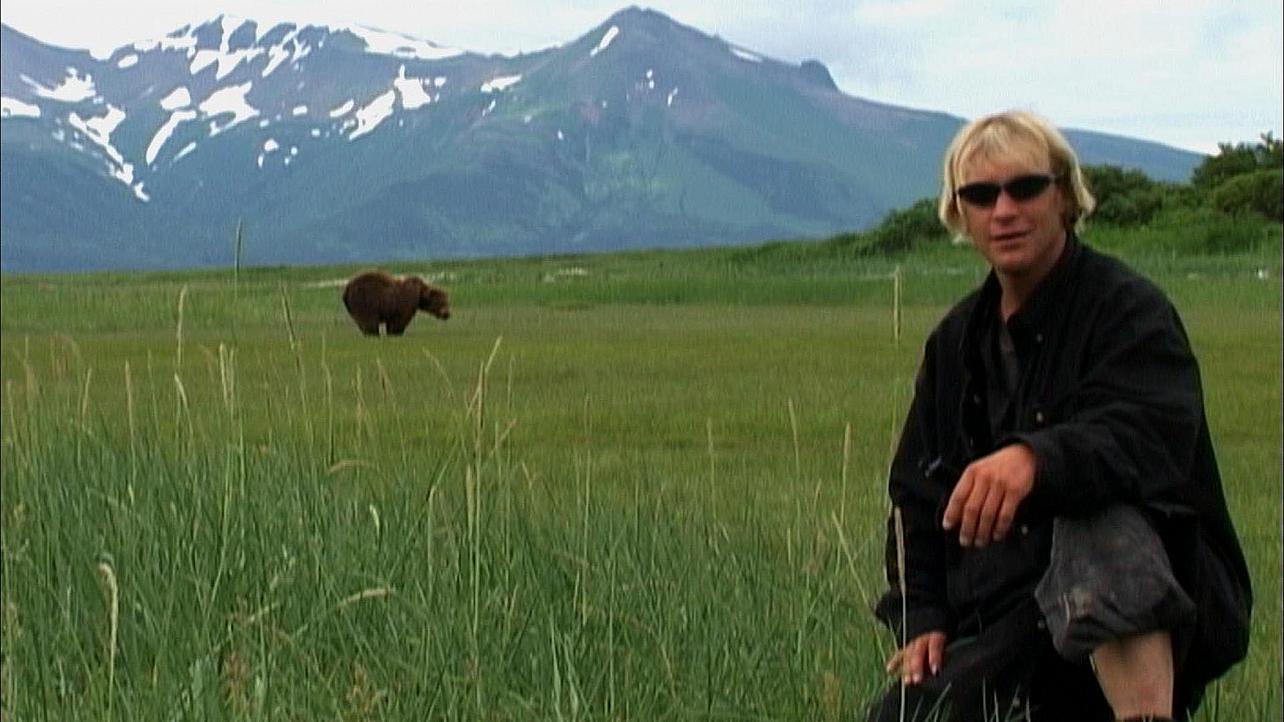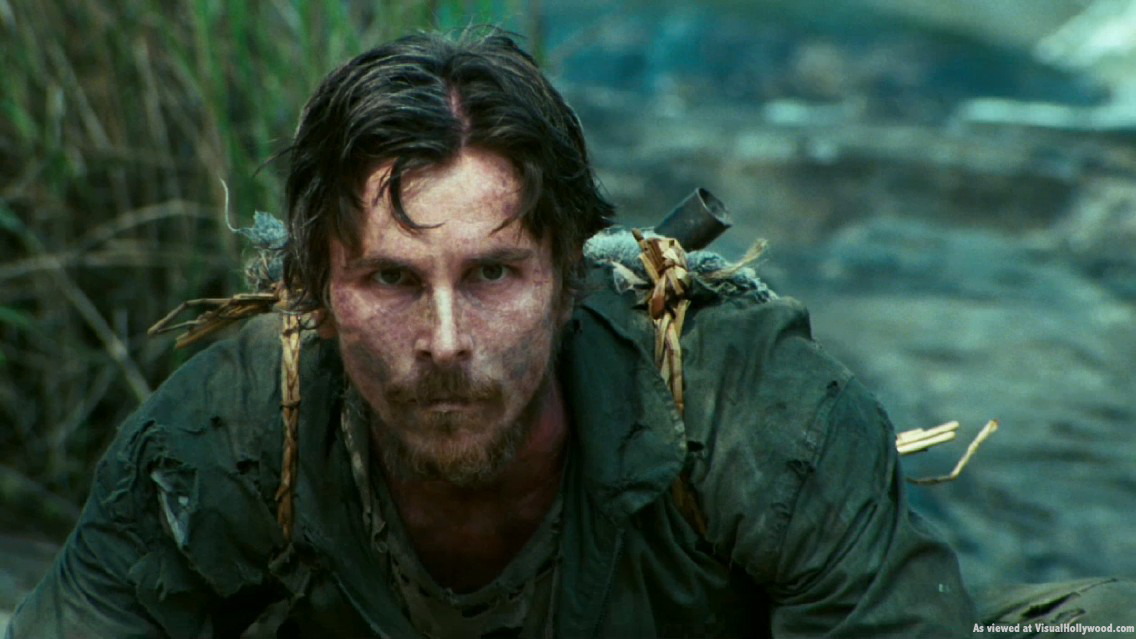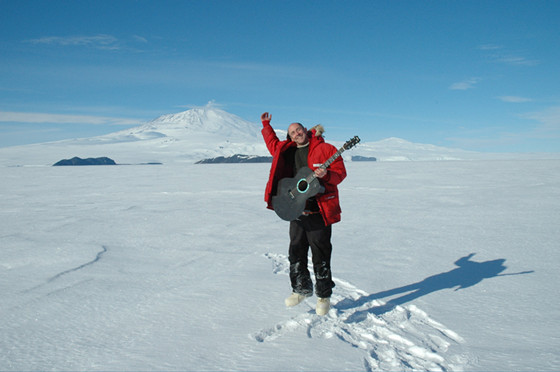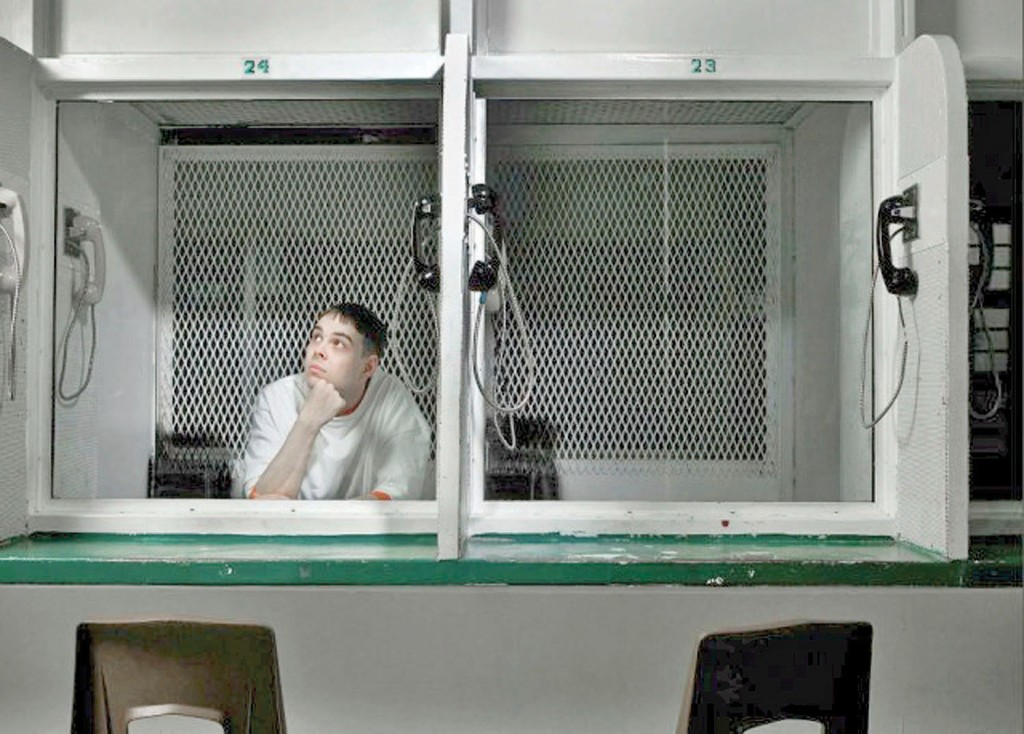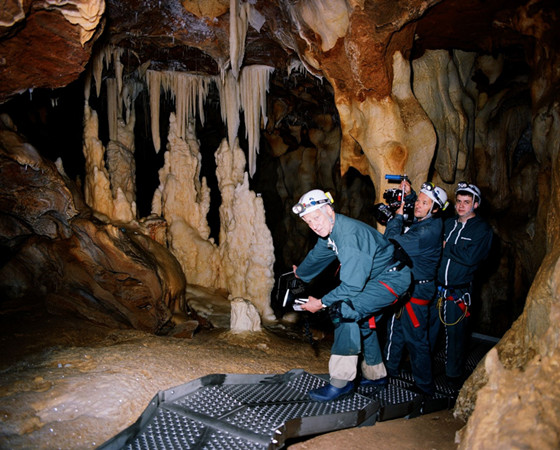8. Lessons of Darkness (1992)
This poetic and haunting documentary follows the devastating environmental and social impact of the 1990s Persian Gulf War. Filmed in the burning oil fields of Kuwait in the aftermath of the war, ethereal images are taken of the alien, war-ravaged landscape from helicopters and set to the music of a sombre yet powerful classical score.
Almost devoid of dialogue and commentary, this film is a visual narrative which highlights the atrocities of war and shows us what a toll it takes socially, economically and environmentally. With little historical context for this war, Lessons of Darkness’ cinematography demonstrates the physical and natural destruction of the surrounding barren landscapes, which now look even more alien. Heartbreaking interviews with civilian survivors paint a horrific picture of the brutality of war.
9. My Best Fiend Klaus Kinski (1999)
This aptly named documentary is a retrospective exploration of the volatile yet industrious relationship between Werner Herzog and German actor Klaus Kinski. Regaling us with stories both professional and personal, Herzog shares his frustrating, dangerous and wondrous collaborative experiences with this deeply complex man. Despite their ups and downs, Herzog says of Kinski: “we complemented one another. I needed him and he needed me”.
Using footage from Herzog’s films, interviews with Kinski himself, his family and other actors, the film portrays Kinski as tyrannical, tenacious and egotistical. The relationship between these two men is built on extremes. Herzog and Kinski’s shared determination, stubbornness and passion for filmmaking and for life have made their cinematic collaborations one of the most renowned and successful in filmic history.
10. The White Diamond (2004)
The White Diamond is a documentary which at its core explores the history of aviation. On a more personal level, it follows the life of British aeronautical engineer Dr. Graham Dorrington, who has designed and built his own human-powered airship that he plans to fly over the forests of Guyana. As many of Herzog’s documentaries, The White Diamond is a mixture of exploring the personal trials and tribulations of Dr. Dorrington during his engagement with nature. Dr. Dorrington is determined to fulfill his dreams of flight, even after being haunted by the death, in an airship accident years before, of his close friend Dieter Plage.
This documentary is a balanced mix of beautiful scenery from nature and exploring the human condition. The immense guilt that Dr. Dorrington experiences over his friend’s death does not stop him from reaching for his life’s goal. Like most of Herzog’s documentaries, this film is an exploration not only of nature as beautiful and unforgiving but also of humankind triumphing over personal adversities to achieve greatness.
11. Grizzly Man (2005)
Grizzly Man follows the life of naturalist and filmmaker, Timothy Treadwell, who dedicated his life to becoming a ‘nature man’ and bear enthusiast; living amongst a community of wild grizzlys in the Alaskan wilderness. Treadwell’s loony idealism and desperation to have this community of bears accept him, ultimately led to his own death and the death of his girlfriend, Amie Huguenard who were both killed and eaten by bears in 2003.
The is a retrospective, pieced together from Treadwell’s own documentary footage of his life in the wilderness and his interactions with bears, as well as interviews with people who knew him, and animal experts. The film not only explores the beauty and mystery of the wilderness, but also asks questions about ‘human nature’ and the relationship between man and beast. Herzog paints a compelling portrait of the complex Treadwell whose passion and dedication to these majestic, yet deadly creatures cost him his own life and the life of his partner.
12. Rescue Dawn (2006)
Rescue Dawn is a Vietnam War docu-drama based on the exploits of German-born US Navy pilot Dieter Dengler (Christian Bale), who is shot down, captured and tortured by the Laotian equivalent of the Vietcong in 1966. The film follows his triumphant escape from their prison camp and subsequent rescue by American soldiers after spending weeks surviving in the harsh Laos jungle.
Wanting as much realism as possible, Herzog made his actors undergo severe weight loss for their filmic roles as prisoners of war. Rescue Dawn was shot in the jungles of Thailand in only 44 days. Fascinated by the cruelty of war and wanting to tell this real life story, Herzog made the documentary Little Dieter Needs to Fly back in 1997 featuring interviews with the real Dieter Dengler. A decade later his story was turned into the Hollywood feature film Rescue Dawn, a more commercialized version of the events.
13. Encounters at the End of the World (2007)
This film examines the lives of those living on the McMurdo Research Station base in Antarctica. Located on the southern tip of Ross Island and serving as the United States Antarctic science facility, this station is the largest community in Antarctica, capable of supporting over 1000 residents. This fascinating documentary follows the everyday lives of the inhabitants – undergoing survival training, engaging in scientific research, and braving the sub-zero temperatures of this beautiful yet unforgiving land.
This poetic documentary explores the enigma of nature and the fragility of the human condition through interviews with the station’s residents. Herzog offers viewers an opportunity to see up close the inhabitants, the wildlife and the awe-inspiring beauty of one of the most inaccessible landscapes on Earth.
14. Into the Abyss (2010)
Into the Abyss is a powerful documentary which follows the lives of two young men convicted of a triple homicide in Conroe, Texas in 2001. One of the accused men, 28-year old Michael Perry is scheduled to die on death row within eight days of filming. Heart-wrenching interviews are conducted in the prison with Perry in his last days. As the title suggests, this documentary, based on a real-life tragedy, gazes into the ‘abyss’ of the human soul.
Herzog employs uncompromising interviews with the perpetrators of the crime, families and friends of the perpetrators and victims, witnesses of the crime and state officials. The gives different perspectives on the nature of this complex crime, while probing the human psyche and exploring why people kill. The film question the validity of the death penalty and capital punishment. Herzog points out the absurdity that convicted murderers in the state of Texas face a much harsher fate than in other jurisdictions.
15. Cave of Forgotten Dreams (2010)
Cave of Forgotten Dreams is a fascinating study of the evolution of early man. Its subject is a series of 32,000 year old cave paintings in a remote location in the Chauvet Cave in southern France. The paintings themselves are beautiful and sophisticated images of animals and humans. Herzog speaks with a range of scientific and historical experts, who speculate what life was like for these Paleolithic humans tens of thousands of years ago. Through the use of 3D cinematography, these cave drawings come to life on screen; they are marvels within an ‘ancient art gallery’ and we as an audience are totally emerged within the magic.
Herzog notes that these important paintings indicate the beginnings of the modern human soul”, and likens them to an early proto-cinema. These glorious works of art within these dark caves are allegorical to the story of Plato’s Cave and early cinema; as viewers sit in darkness and gaze at the projected images before us.
Author Bio: Sophie completed her Masters Degree in Creative Arts at Monash Univeristy, Melbourne. She loves everything about film but her passion is for extreme horror films, foreign and independent cinema and art film/avant garde films.
